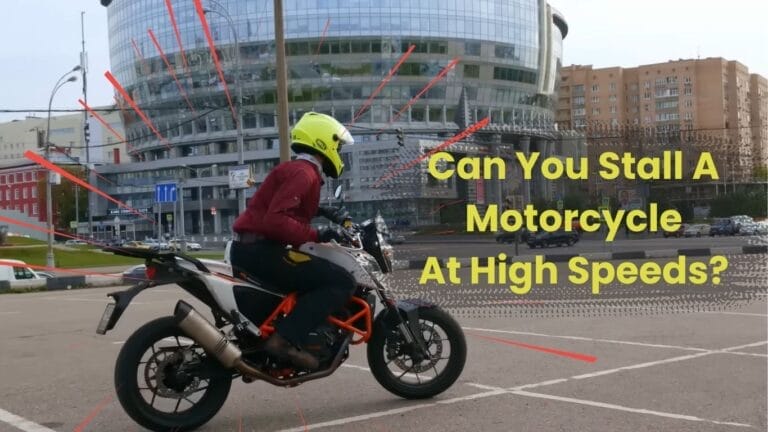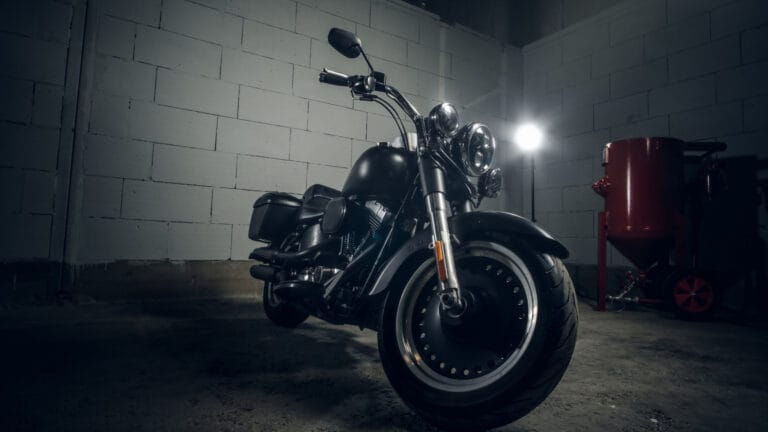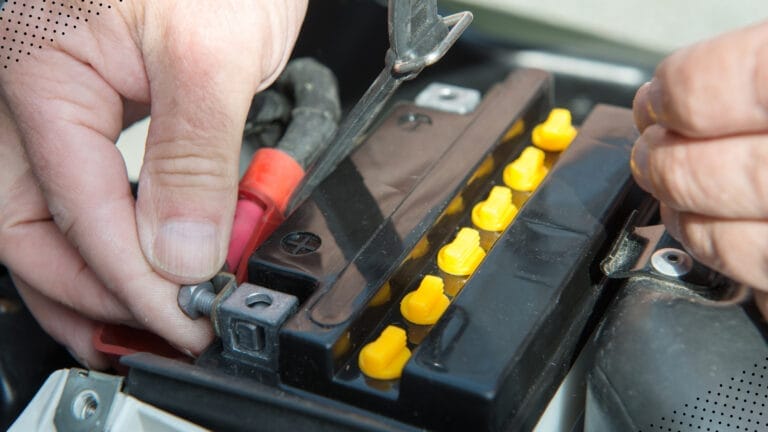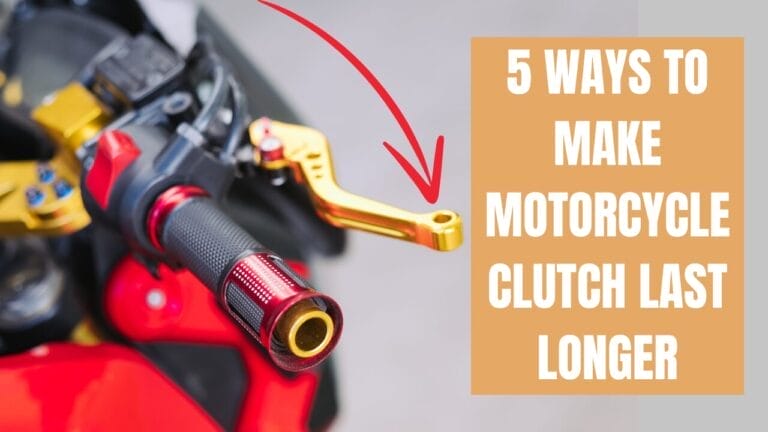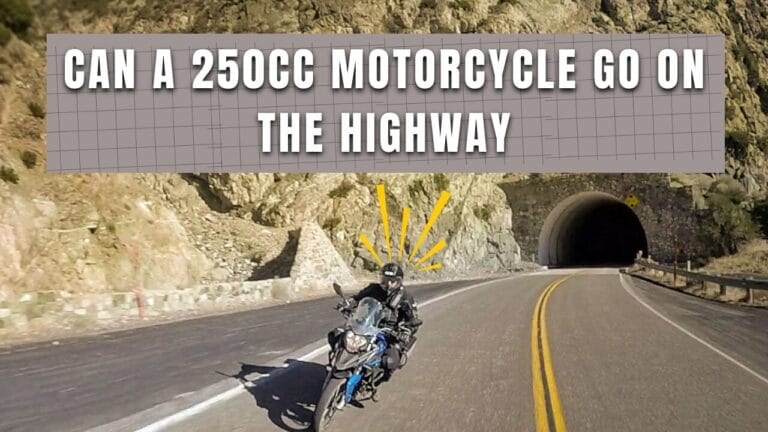Does leaving the kill switch on kill the battery? Yes and no!
Modern motorcycles have kill switches to cut the engine off in emergencies. Some riders prefer the use of the kill switch, while others stick to the traditional key shut-off.
So, does leaving the kill switch ON kill the battery? No, leaving the kill switch ON won’t drain the battery as long as the motorcycle is turned off using the ignition key. If the ignition key is turned on beside the kill switch, then the battery will be discharged.
Let’s get into the nitty-gritty of motorcycle kill switches and find out if leaving the kill switch on is harmful to the battery.
What is a Kill Switch?
A kill switch is a safety system on your motorcycle that allows you to turn the engine off without reaching the ignition system. Kill switches can be of different types, such as ignition kill switches, fuel pump kill switches, battery key switches, etc.
Depending on the type, the kill switch deactivates the corresponding system so that the engine can’t run. For example, the ignition kill switch cuts off the current going to the ignition system. So, the spark plug can’t generate sparks to ignite the air-fuel mixture.
Does Leaving the Kill Switch ON Kill the Battery?
There are a lot of debates in the motorcycling community about the right use of kill switches. Many riders believe that keeping the kill switch ON after your ride can drain the battery. So, what is the truth about the kill switches? Let’s find out.\
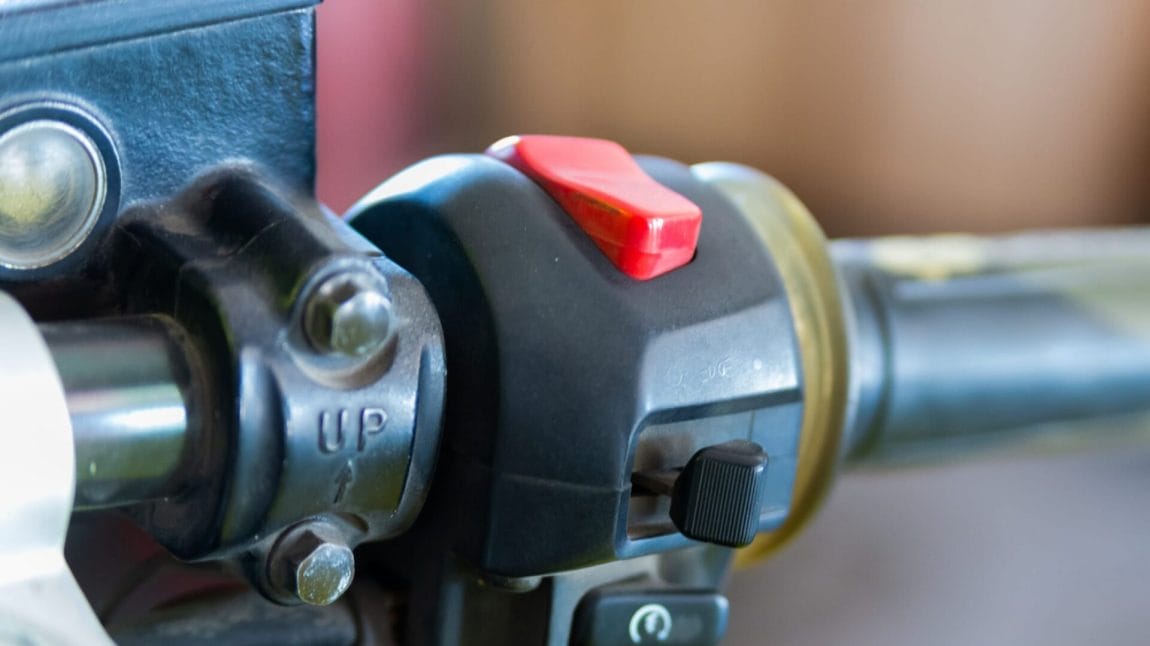
Kill Switch Can Drain the Battery If the Key Is On
The purpose of using a kill switch is to cut off the power from the ignition to the engine. As long as the kill switch is deactivated or off, the motorcycle runs normally. When you activate the kill switch or turn it on, it prevents current from going into the engine.
As a result, the engine can’t run normally. But the power supply to other electronic components in the motorcycle is normal at that point. For example, the lights on the motorcycle will illuminate without any issues, even if the kill switch is on.
Imagine a situation where you have stopped somewhere for a short break and used the kill switch to turn the engine off. If the key is still in the on position, the electronic components will be on. It will drain the battery as long as you don’t turn the key off.
So, leaving the kill switch ON may drain the battery in this case. But the kill switch isn’t the only thing to blame on. Leaving the ignition key in the on position is responsible for this.
Kill Switch Doesn’t Drain Battery When the Motorcycle Is Off
Let’s consider another situation. You have stopped somewhere to take a longer break. This time, you didn’t use the kill switch to turn the motorcycle off. Instead, you have turned the ignition key to the off position. So, the engine and all the electronics have turned off.
The kill switch is still on, but it has nothing to do. In this case, the kill switch can’t drain the battery. The kill switch itself doesn’t drain any battery unless other electronic components do that.
So, I can conclude that the kill switch itself isn’t responsible for draining the battery. Even if you leave it on but turn the ignition key off, the battery charge level will remain good.
Does Leaving the Kill Switch ON Kill the Battery On Keyless Motorcycles?
Some of the motorcycles today offer keyless ignition systems. You don’t have to insert a key and turn it to turn the motorcycle on or off. Instead, you might have a key fob with sensors. As you go within a certain range, the motorcycle can be turned on using a push button.
So, how does the kill switch behave in this case? Well, the kill switch won’t drain the battery in this case, either. This is because the motorcycle can still be turned on and off using the push button or the key fob. When the motorcycle is turned off using the key fob, no electronics in the motorcycle will work.
Even if the kill switch is kept on, no components will draw power from the battery. But, if you leave the kill switch on and forget to turn the motorcycle off using the key fob, then the battery may be drained.
Should I Use the Kill Switch In My Motorcycle At All?
If your motorcycle doesn’t have a built-in kill switch, you can install aftermarket kill switches to increase safety. In the case of an emergency, the kill switch could be beneficial. It can also be useful in theft prevention. Check the following factors to find out if you need to use it.
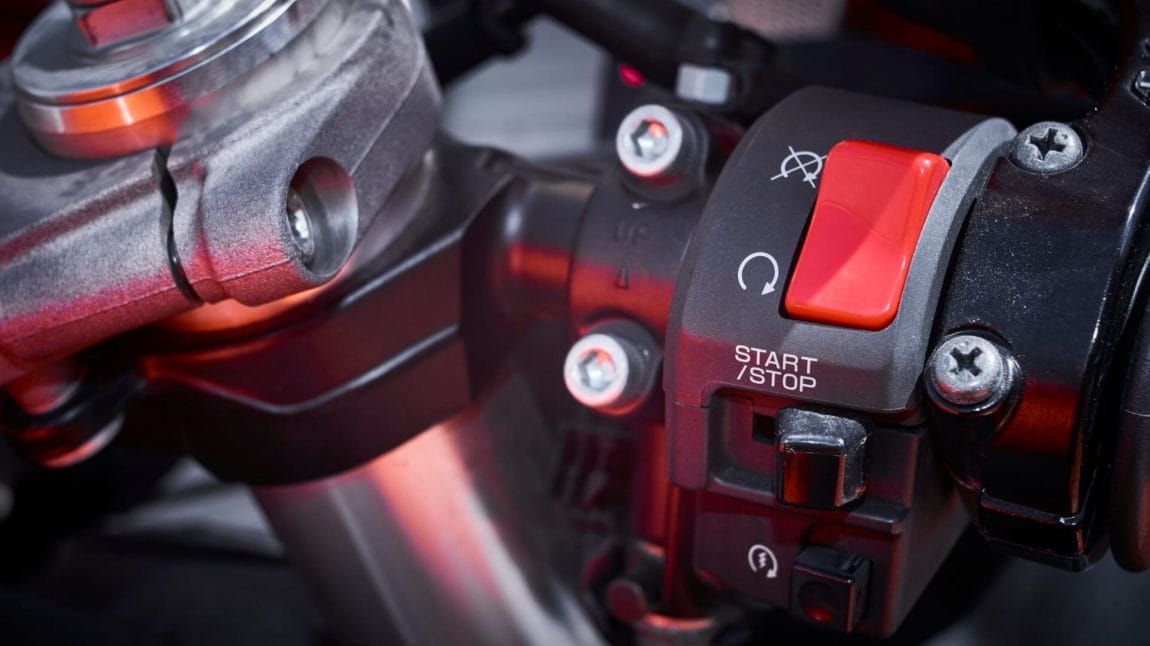
Kill Switch Is Convenient for Short Breaks
Using the ignition key every time you stop for a bit is inconvenient. For example, if you are waiting for some time at a red light, the kill switch can be used to cut the engine off. It will reduce the fuel consumption. So, having a kill switch can come in handy.
Turning the Engine Off During an Emergency
You might sometimes need to turn the engine off as quickly as possible. For example, if there is a fire on the motorcycle, you can use the kill switch to turn the engine off. This can save you from greater risks.
Preventing Motorcycle Theft
Thousands of motorcycles get stolen every year. When you have a hidden kill switch in your motorcycle, you can activate that to cut the power. So thieves won’t be able to start the bike. However, this might not be a foolproof plan to prevent theft.
See how you can install a hidden kill switch.
FAQs
Check answers to some frequently asked questions about leaving kill switches on.
Does leaving the kill switch on damage the engine?
Not exactly. The kill switch only disconnects the power supply to the ignition coil so that there is no spark from the spark plugs. But if you try to fire the engine up while keeping the kill switch on, it can damage the engine.
Does leaving the kill switch on save battery?
Leaving the kill switch on can’t drain or save the battery itself. It depends on whether the ignition key is turned on or off.
Can aftermarket kill switches drain the battery?
Kill switches are designed in a way that they don’t consume any power themselves. They are just a part of the circuit to cut the supply off. So, aftermarket kill switches won’t drain the battery, too.
Conclusion
After hearing the opinions of many riders, confusion arises about the use of the kill switch. Many new riders wonder if leaving the kill switch on kills the battery. I clarified why leaving the kill switch on doesn’t kill the battery.
The draining of the battery depends on whether the motorcycle is turned off properly. If that isn’t done, the battery will be drained gradually. But the kill switch has nothing to do with it. Even after shutting the engine off using the kill switch, you should use the ignition key to turn all the electronics off.


